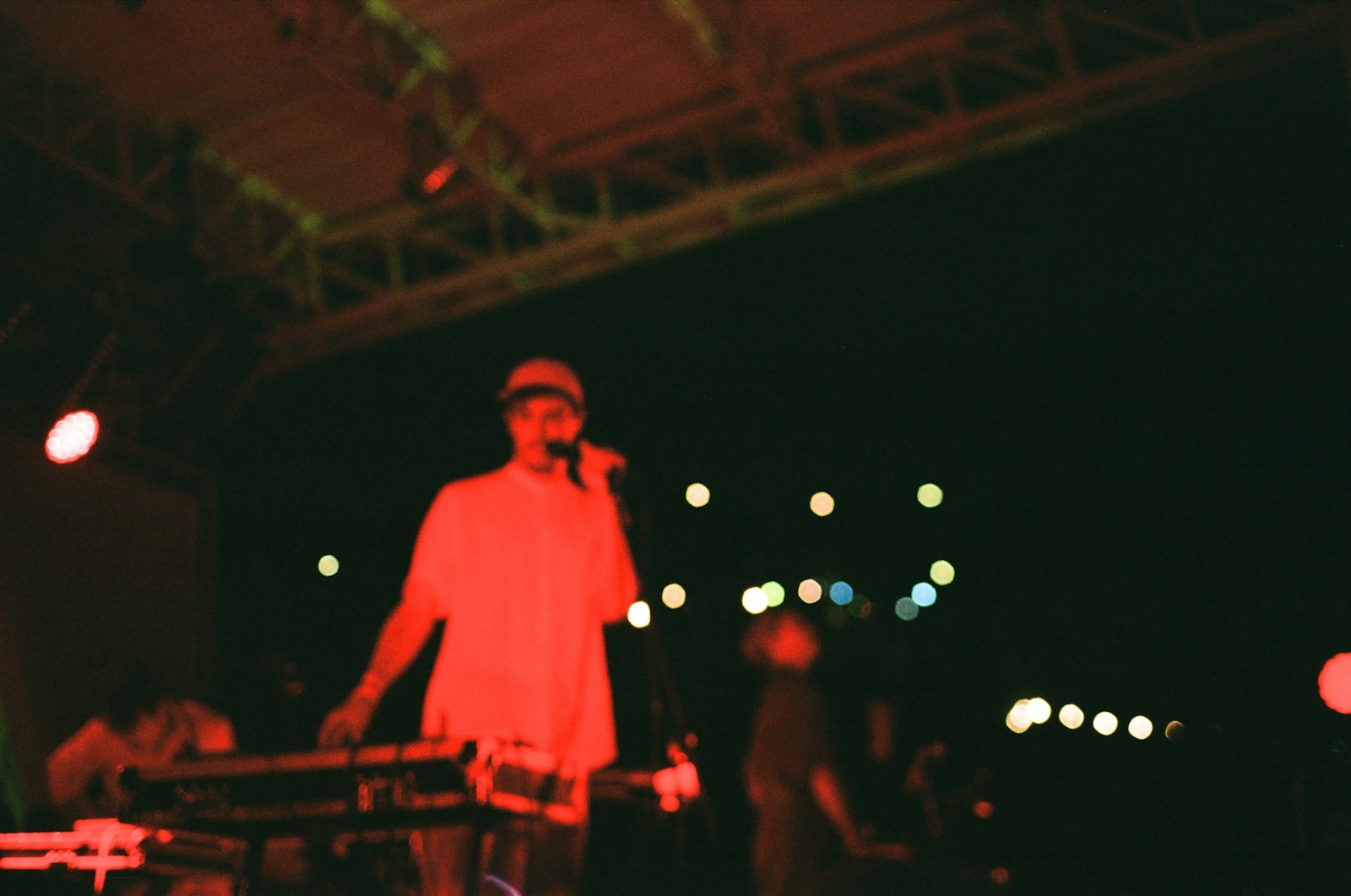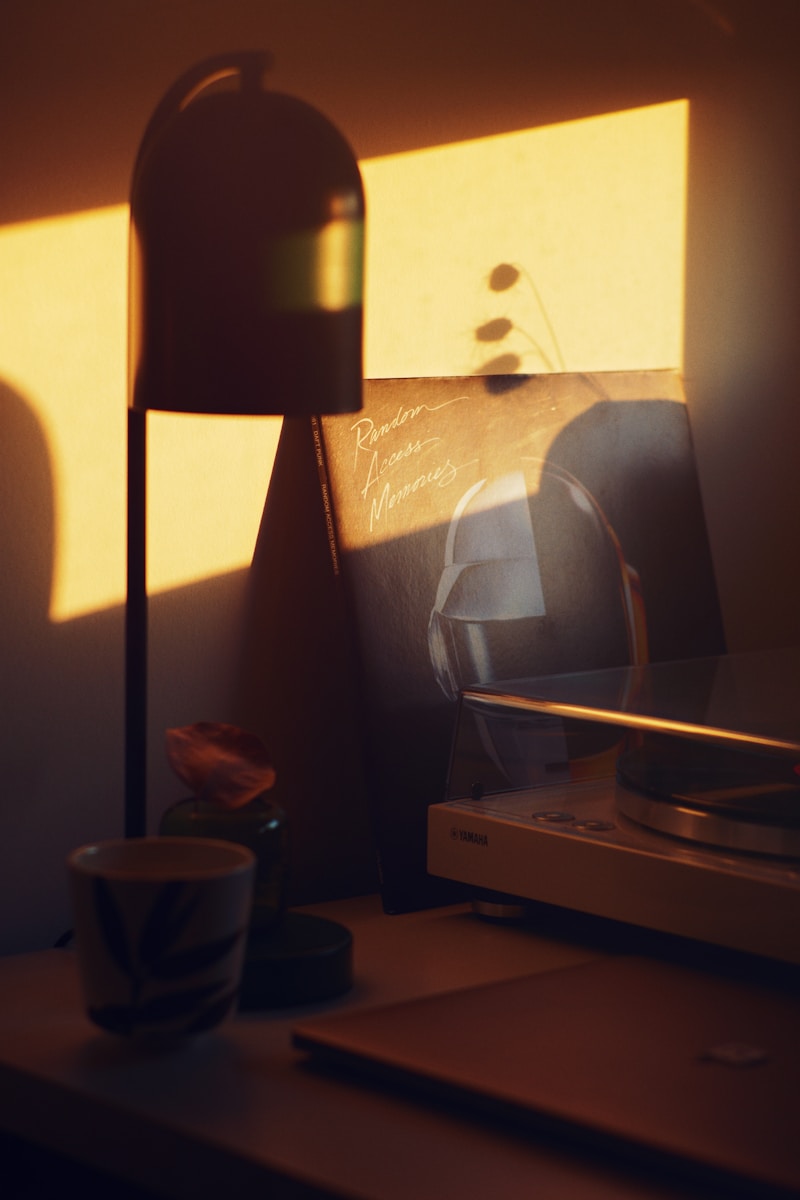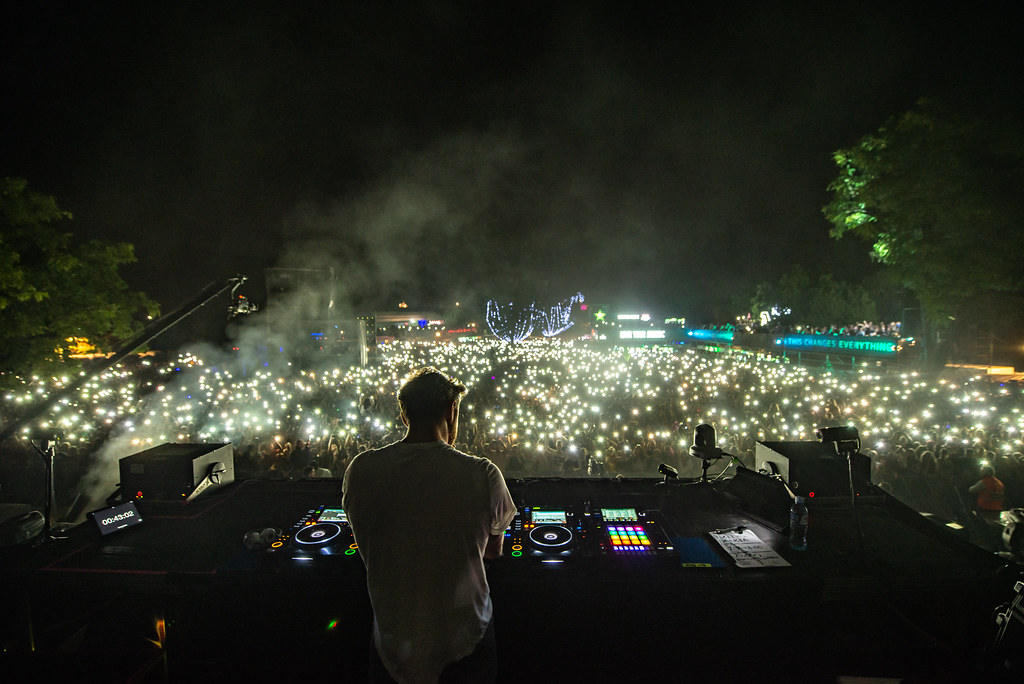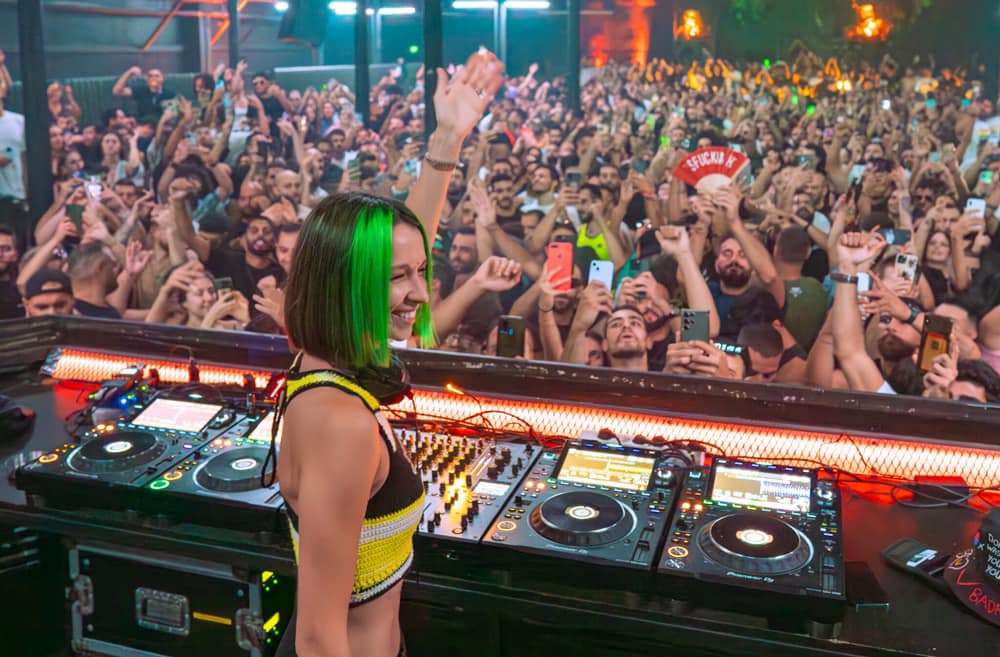Electronic music has always mirrored the mood of its era. When society turns heavy, dance floors often provide a counterweight of lightness. Right now, as global anxieties deepen and headlines grow darker, something remarkable is happening across clubs and festivals. DJs are turning once again to a sound that radiates joy, nostalgia and freedom. The world calls it Disco House.
Disco House is not a brand-new genre. Its origins stretch back to the 1990s when producers began blending house rhythms with disco samples to create euphoric anthems. For a time, the style defined club culture, primarily through the French Touch wave of Daft Punk, Stardust and Cassius. Then it receded as darker, more complex forms of techno took centre stage.
Today, it is back with force. From Ibiza to Berlin, sets are glowing with glittering strings, soulful hooks and grooves that make people smile as much as they dance. The revival of Disco House feels like more than a trend. It is a cultural answer to a heavy moment in history. On crowded dance floors, joy itself has become a form of resistance.
From Disco to Techno: A Shared Lineage.
To understand why Disco House resonates so strongly today, it helps to trace how electronic music itself was born. At its core, house and techno were both children of disco.
In the late 1970s, Chicago was dominated by disco as the pulse of nightlife. When mainstream culture turned its back on disco after the infamous “Disco Demolition Night” in 1979, the underground kept the spirit alive. DJs such as Frankie Knuckles at the Warehouse club began to strip disco down to its essentials, using drum machines and synthesisers to create tracks that were leaner, deeper and more hypnotic. This became house music.
Meanwhile, in Detroit, a different current was flowing. Juan Atkins, Derrick May and Kevin Saunderson, known as the Belleville Three, took the blueprint of house and infused it with futurism, industrial sounds and machine precision. Techno was born.
Both movements shared disco’s DNA: a four on the floor rhythm, a communal spirit, and a vision of dance music as a space of freedom. Even as techno grew darker and more industrial, the warmth of disco never disappeared. It remained a thread woven through the evolution of electronic music, waiting for the right moment to shine again.

The First Wave of Disco House
By the early 1990s, house music had already spread from Chicago to Europe, where producers began experimenting with disco samples in more explicit ways. The idea was simple but powerful: take the soulful energy of seventies disco, loop its hooks, and anchor it to the relentless groove of house. The result was Disco House, a style that felt instantly familiar yet thrillingly new.
This first wave had its pioneers. DJs like Joey Negro in the UK and Terrence Parker in Detroit began crafting tracks that openly celebrated disco’s legacy. Soon, France became the epicentre of the movement. The so-called French Touch sound transformed the global perception of house music.
Acts such as Daft Punk, Cassius and Stardust turned Disco House into cultural history. When Stardust released Music Sounds Better With You in 1998, it was more than a club anthem. It was a manifesto of joy. Cassius brought funk and colour into the heart of European nightlife. Daft Punk’s Discovery album fused disco and house into an iconic hybrid that defined a generation.

The mainstream could not resist. Tracks like Spiller’s Groovejet in 2000 and Modjo’s Lady brought Disco House to radio stations worldwide. For a brief moment, the glitter of disco was everywhere again.
Yet, as the 2000s progressed, harder and darker currents of techno and minimal began to dominate festivals and clubs. Disco House receded to the background, cherished but overshadowed. It would take two decades and a new cultural context for its light to rise again.
The Revival of Disco House Today
Two decades after its first peak, Disco House has returned to the centre of electronic culture. This revival is not a simple retro exercise. It is a reinvention that speaks directly to the mood of our times.
In Ibiza, long the barometer of global club culture, the sound is impossible to ignore. At Pacha, Ushuaïa and Hï, DJs slide shimmering disco samples into peak time sets. Where once relentless techno dominated, crowds now erupt to soaring vocal hooks and glittering strings. The energy is lighter, more inclusive, and undeniably euphoric. The same is happening in Berlin, London and New York. Disco House is shaping the most memorable moments of the night.
Streaming platforms confirm the trend. Playlists dedicated to Disco House attract millions of followers. Algorithms push tracks from the genre to younger listeners, introducing them to the music for the first time. What began as nostalgia for one generation has become a discovery for another.

Key figures also drive the movement. David Guetta, long seen as a commercial giant, has embraced Disco House textures in his festival sets, proving the sound can live at the very top. Purple Disco Machine has become its defining artist, with funk-infused tracks that dominate both charts and clubs. Meanwhile, emerging talents like Miss Monique show how a new generation is reinterpreting the style with fresh intensity. Together, they ensure that Disco House is not just a revival but a global force with real momentum.
This is not a passing fashion. The renewed glow of Disco House is answering a cultural need that goes beyond the club.

Why Now The Cultural Resonance
The return of Disco House is not just about music. It is about context. In a world shaken by political turmoil, climate anxiety and digital saturation, people are searching for release. Dance floors become sanctuaries where joy is no longer a luxury but a necessity.
Disco House provides precisely that. Its grooves are light without being shallow, nostalgic without being stuck in the past. It creates a space where thousands of strangers can share optimism at a time when daily life often feels heavy. In sociological terms, it functions as a release valve, a social safety valve.
The cultural impact extends beyond the music. Fashion has embraced glitter, colour and playfulness once again. Nightlife spaces are leaning into theatricality and inclusivity. Even brands use Disco House tracks in campaigns to capture their carefree energy. What began as an underground current now echoes across lifestyle and design.
Most importantly, Disco House proves that optimism can be radical. Choosing joy on the dance floor is not about ignoring reality. It is about resisting despair. The lighter the music becomes, the more it reminds us that even in the darkest times, people will always dance together.
Conclusion
Disco House is not a novelty. It is a reminder. Its revival shows how electronic music renews itself by reaching back to its roots and reimagining them for a new era. From Chicago’s dancefloors to the French Touch wave and now the global stages of Ibiza, the thread of disco has never been lost. It only waited for the right cultural moment to shine again.
That moment is now. In the face of division and uncertainty, Disco House offers something powerful in its simplicity. It unites strangers through a groove, turns nostalgia into modern energy, and gives the night a sense of optimism that feels both urgent and timeless. On the dance floor, joy becomes defiance and music becomes survival.
Looking ahead, Disco House may shape more than sound. It could influence the mood of a generation, inspiring fashion, design and culture with its radiant energy. If techno has always been the language of the future, Disco House proves that the future shines brighter when it dances with the past.
The crowd is not just moving to forget. The crowd is moving to remember that light always returns. And for now, that light has a name. It is Disco House.
José Amorim
This article was created exclusively for LuxuryActivist.com. All content is protected by copyright. Images are used for illustrative purposes under fair use. If you own the rights to any image and wish it to be removed, please don’t hesitate to contact us, and we will act promptly.
This story originally appeared on Luxuryactivist

